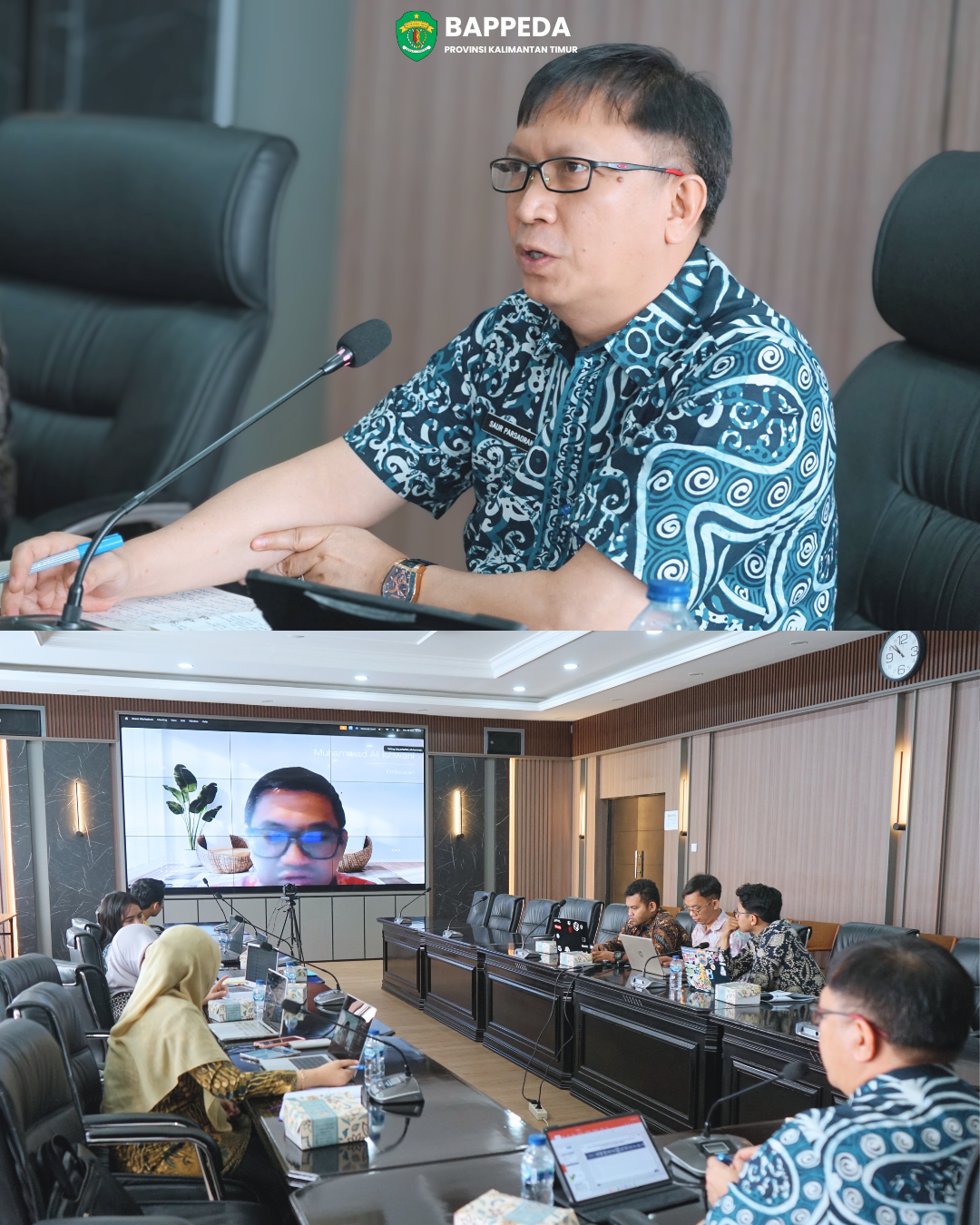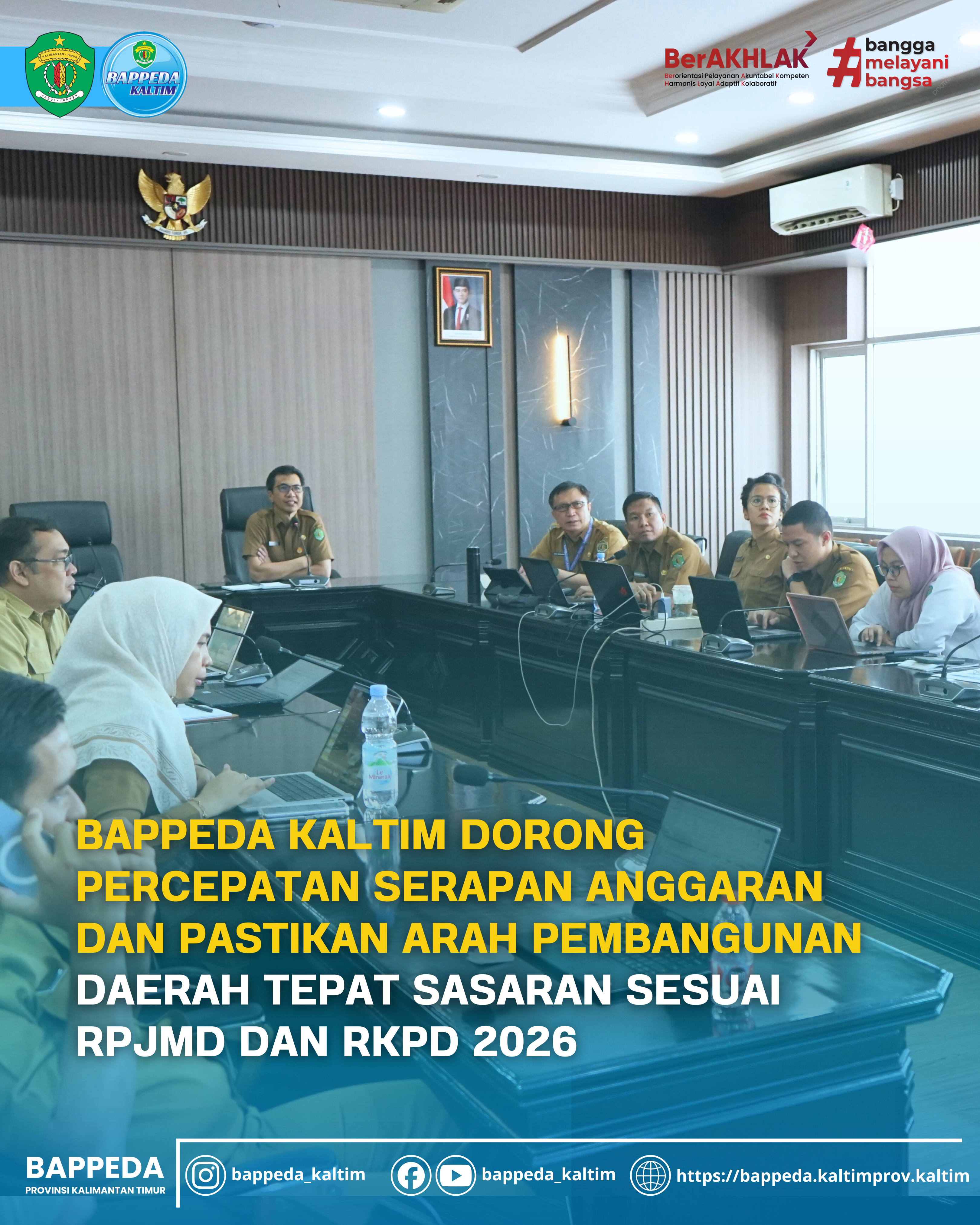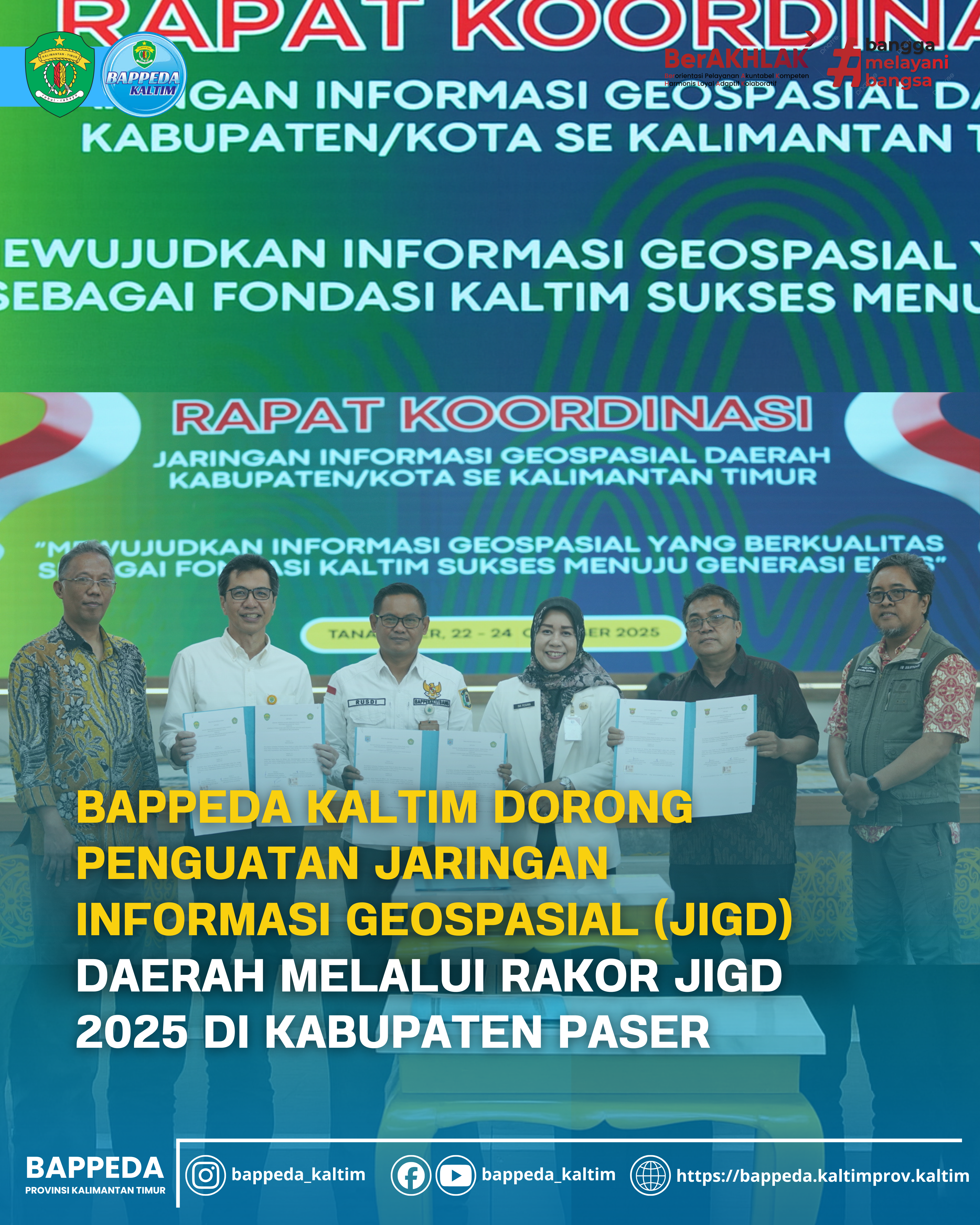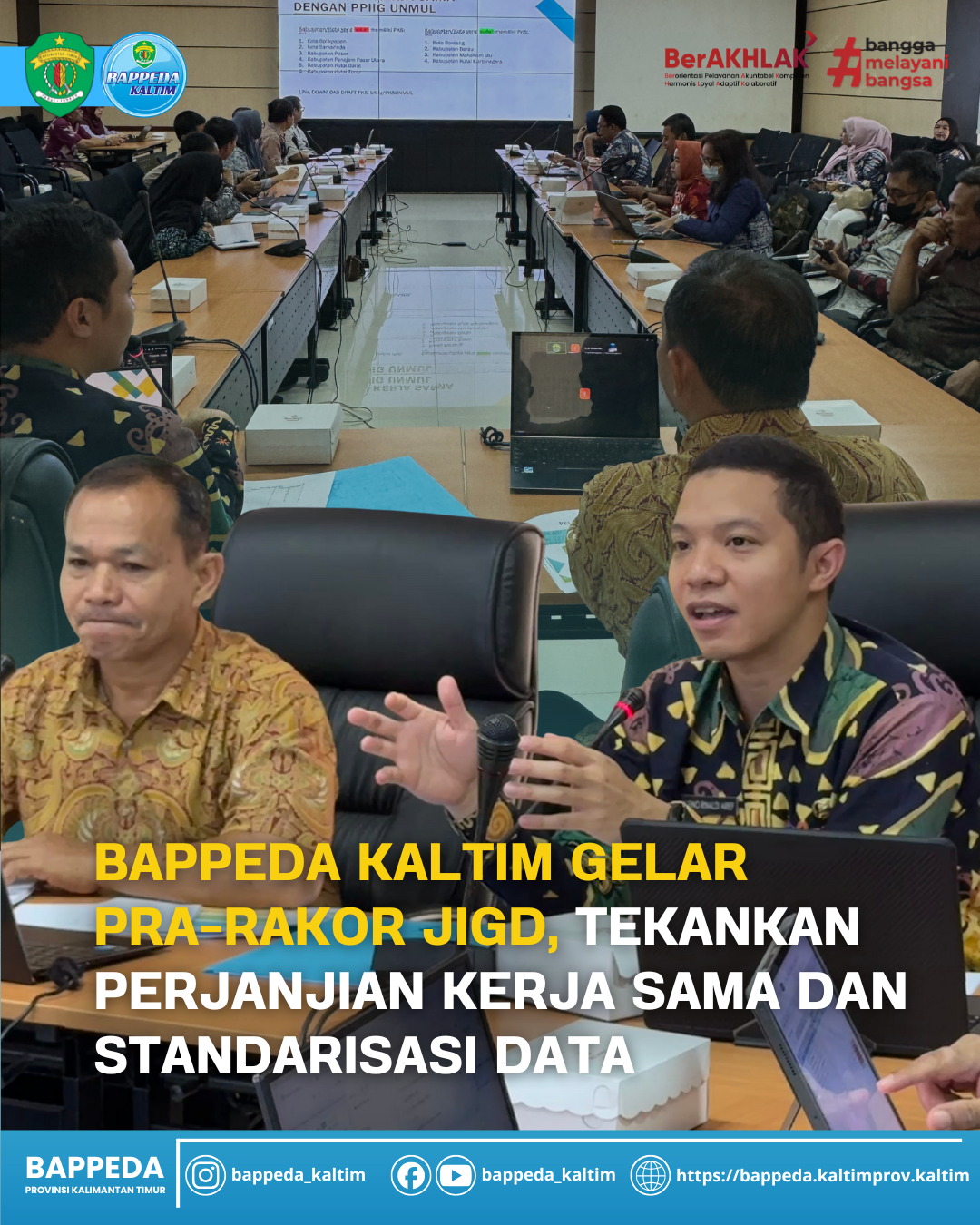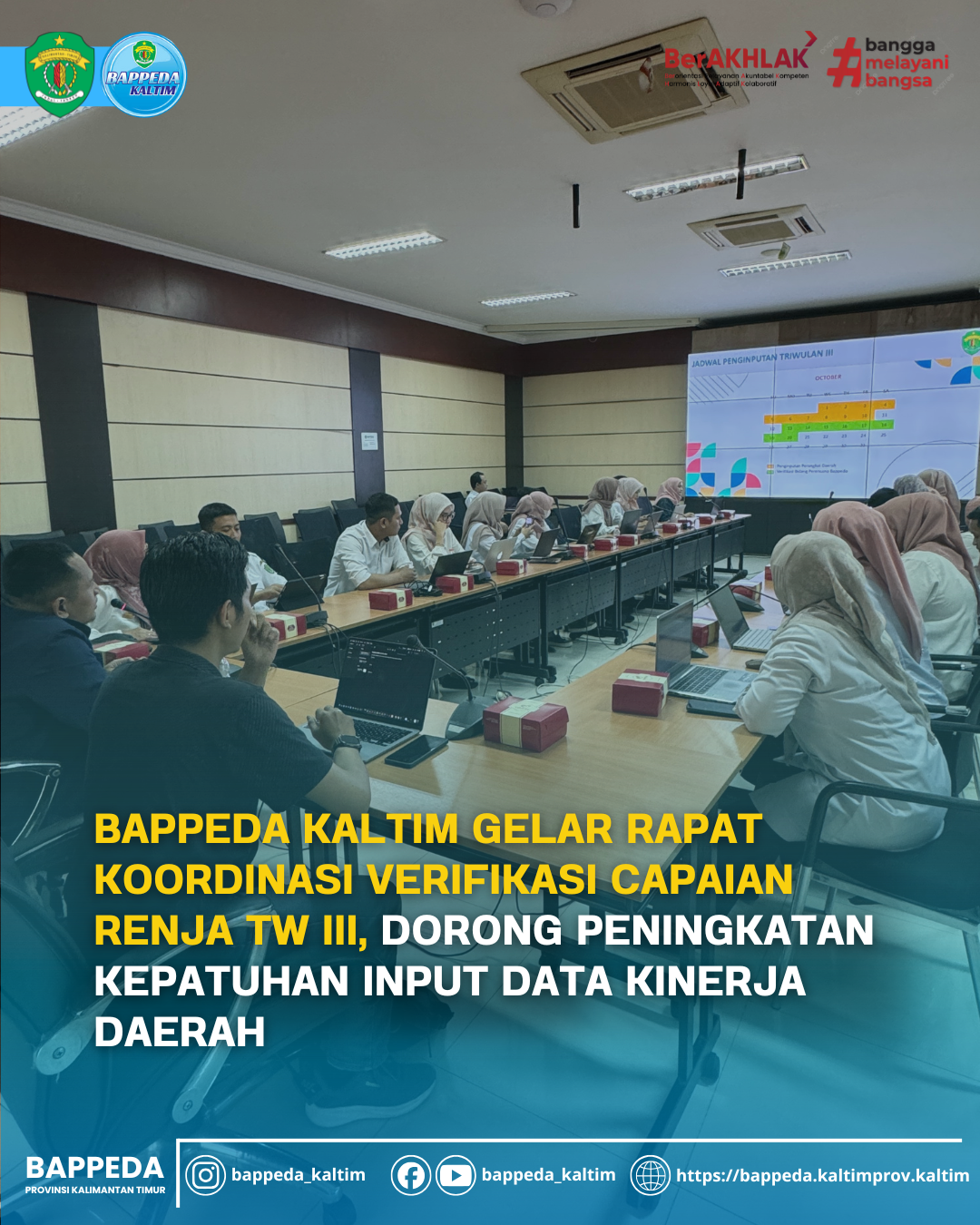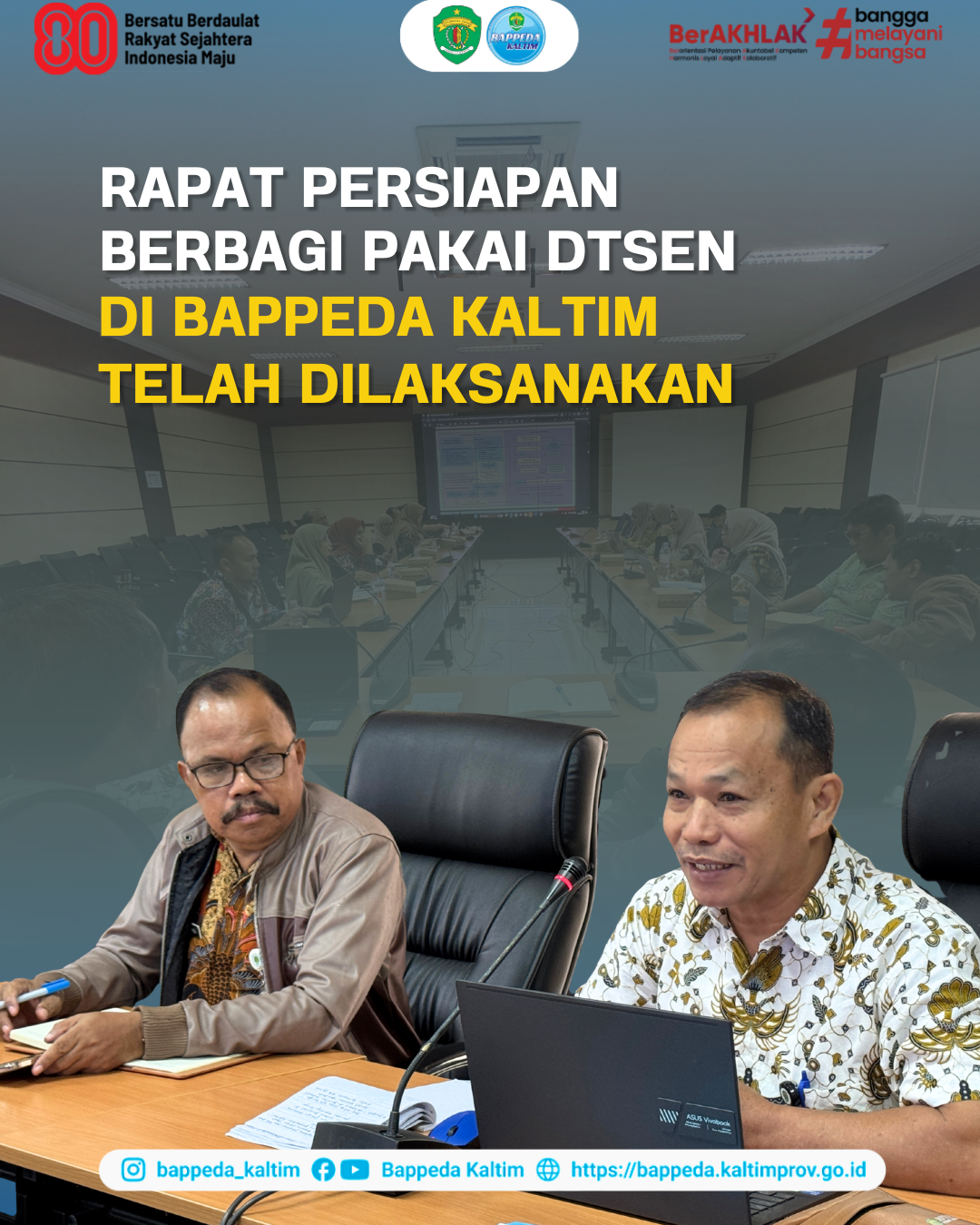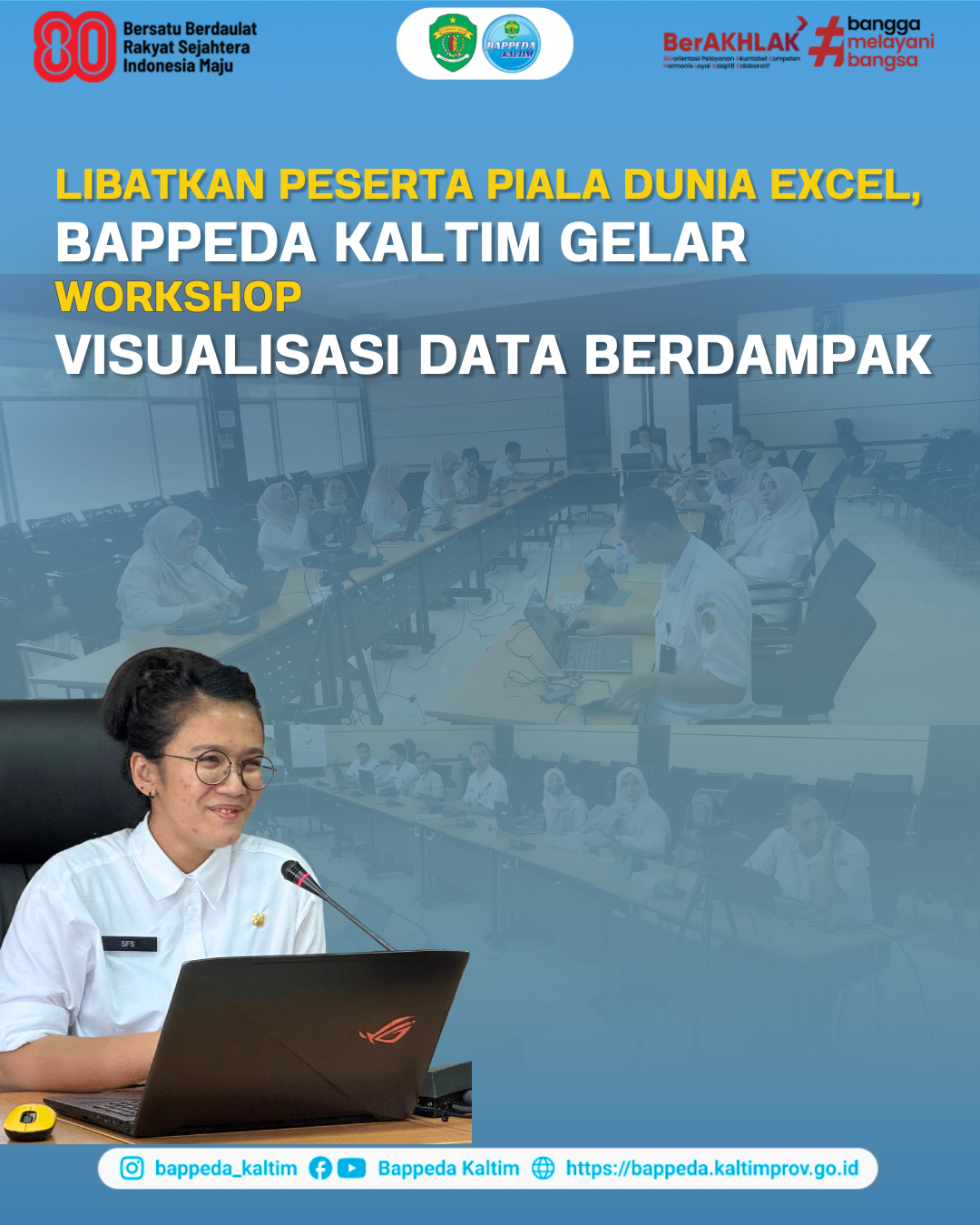Fast Work, Strong Economy: East Kalimantan Moves to Support National Economic Growth Target of 8% in 2029
Samarinda - The Ministry of Home Affairs (Kemendagri) carried out Socialization and Evaluation Monitoring (Monev) for the Acceleration of Regional Economic Growth at the Bappeda of East Kalimantan Province on Thursday, (23/10).
This socialization is a direct direction from the Ministry of Home Affairs to support the national target of economic growth of 8 percent in 2029, as stated in the 2025–2029 RPJMN in accordance with the mandate of President Prabowo Subianto.
Led by the Secretary of Bappeda East Kalimantan, Saur Parsaoran, with presentation of material from Desy Narulita, S.E., M.T., Head of the Budget Planning Section of the Ministry of Home Affairs, this socialization was also attended online by Bappeda districts/cities throughout East Kalimantan.
The Ministry of Home Affairs underlined that efforts to accelerate economic growth require regional government intervention through nine steps concrete to accelerate economic growth. These steps include accelerating the realization of the APBD, increasing investment (PMA and PMDN), infrastructure development, controlling prices of basic materials, preventing illegal exports and imports, expanding employment opportunities, increasing productivity in leading sectors, strengthening the manufacturing industry, and facilitating business licensing.
The Ministry of Home Affairs emphasizes the importance of collaboration between provinces and districts/cities, because provincial economic growth is the result of joint work of all regions. Regional governments are also reminded to regularly report their achievements via the merdeka Ekonomi.kemendagri.go.id page
every month before the 20th.
Through the implementation of these nine concrete steps, the government hopes that the acceleration of economic growth can run effectively with the support of coordination and cooperation of all parties, both at the provincial and district/city levels.
Author: Suci Ashari
Editor: Hasti

